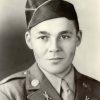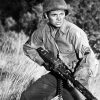Larry Thorne (born Lauri Törni) was a war hero who fought under three different flags. Starting in his homeland Finland, doing some time in Nazi-Germany SS Division, and finally got killed in Laos as a US Army Special Forces member.
Introduction
His incredible path of true warrior started in Finland when he was born in 1919. Lauri Törni enlisted at age 19 in Finland’s Army and fought against the Soviet Union. According to the newspaper Helsingin Sanomat, the so-called Winter War lasted from 1939 to 1940. Törni was a dedicated and brave soldier, and he quickly rose to the rank of captain and took command of a group of ski troops. They became known as some special forces who skied into battle against enemy forces.
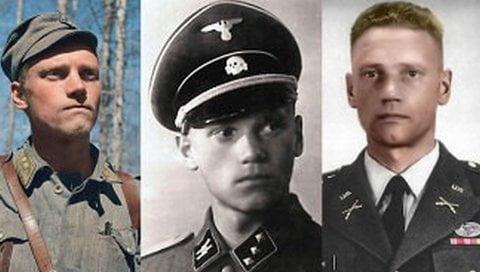
Törni was severely wounded after he skied into a mine during 1942, but that didn’t slow him down. In 1944, during the Finns called The Continuation War, he received Finland’s highest military decoration, their version of the Medal of Honor — the Mannerheim Cross — for his bravery while leading a light infantry battalion.
The Nazi era
Unfortunately for Lauri Törni, his homeland eventually fell to the communists in 1944. But instead of surrendering, he joined up with the Nazi German SS to continue his fight against the Soviets.
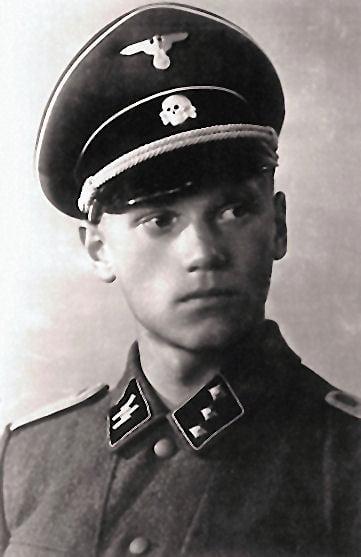
He received additional training in Nazi Germany and then looked forward to returning to the battlefield.
But then Germany fell, too, and the Finn-turned-Waffen SS officer was arrested by the British, according to War History Online. Not that being put into a prison camp would stop him either.
“In the last stages of the war, he surrendered to the British and eventually returned to Finland after escaping a British POW camp,” the account at War History Online reads.
“When he returned, he was then arrested by the Finns, even though he had received their Medal of Honor and was sentenced to six years in prison for treason.”
Lauri Törni ended up serving only half his sentence before the president of Finland pardoned him in 1948.
Joining the US Army Special Forces
The path of this extraordinary soldier to the US Army was paved by crucial legislation from Congress and the creation of a new military unit: US Army Special Forces.
He joined the US Army because of the Lodge-Philbin Act, from June 1950, which allowed foreigners to enter the US military and allowed them citizenship if they served honorably for at least five years.
Just two years later, after the Lodge-Philbin Act, the Army would stand up its new Special Forces unit at Fort Bragg, North Carolina. That is where Lauri Törni saw his opportunity for a new beginning.
According to historian Max Boot, more than 200 Eastern Europeans joined Army Special Forces before the Act expired in 1959, including Lauri Törni, who enlisted in 1954 under the name Larry Thorne.
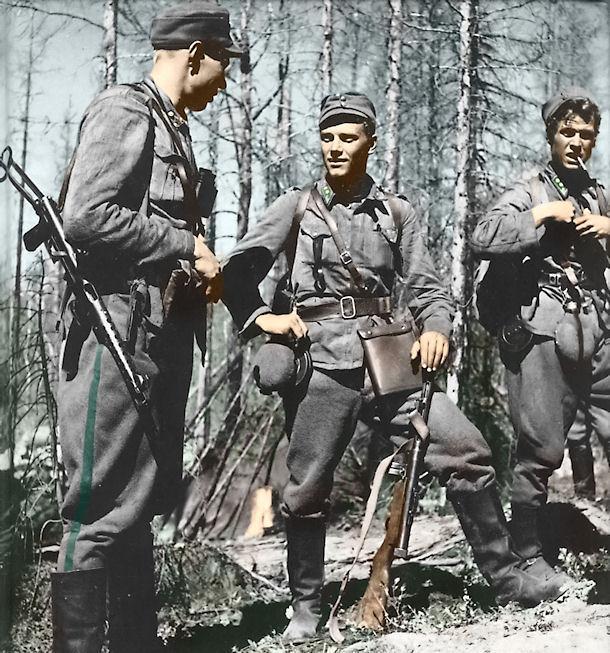
“The Soviets wanted to get their hands on Thorne and forced the Finnish government to arrest him as a German wartime collaborator,” the account at Arlington Cemetery.net reads.
“They planned to take him to Moscow to be tried for war crimes. Thorne had other plans. He escaped, made his way to the United States, and with the help of Wild Bill, Donovan became a citizen. The wartime head of the OSS knew of Thorne’s commando exploits.”
How Larry Thorne became a Special Forces legend
Larry Thorne, an already experienced warrior, quickly distinguished himself among his peers of Green Berets. Though he enlisted as a private, his wartime skillset led him to become an instructor at the Special Warfare School at Fort Bragg, teaching everything from survival to guerrilla tactics.
In 1957, he commissioned a second lieutenant, and he would rise to the rank of captain just as the war was on the horizon in Vietnam.
But first, he would take part in a daring rescue mission inside Iran. In 1962, then-Captain Larry Thorne led a critical mission to recover classified materials from a US Air Force plane that crashed on a mountaintop on the Iran-Turkish-Soviet border, according to Helsingin Sanomat. Though three earlier attempts to secure the materials had failed, Thorne’s team was successful, and he was awarded that mission.
According to the US Army:
Thorne quickly made it into the U.S. Special Forces and in 1962, as a Captain, he led his detachment onto the highest mountain in Iran to recover the bodies and classified material from an American C-130 airplane that had crashed. It was a mission in which others had failed, but Thorne’s unrelenting spirit led to its accomplishment.
This mission initially formed his status as a U.S. Special Forces legend, but it was his deep strategic reconnaissance and interdiction exploits with Military Assistance Command, Vietnam Studies and Observation Group, also known as MACV-SOG, that solidified his legendary status.
Larry Thorne was awarded the Bronze Star medal for heroism and five Purple Hearts for combat wounds. According to Helsingin Sanomat, his injuries allowed him to return to the rear away from combat. Still, he refused and instead requested command of a special-operations base, and that’s what he lived and died for.
On October 18, 1965, Larry Thorne led the first MACV-SOG cross-border mission into Laos to prevent the North Vietnamese movement down the Ho Chi Minh trail. Using South Vietnamese Air Force helicopters, US Army successfully inserted Thorne’s group into a clearing inside Laos while Thorne remained in a chase helicopter to direct support as needed. He responded once the group said it had made it in, heading back to the base.
Roughly five minutes later, while flying in poor visibility and bad weather, the helicopter crashed. The Army first listed Larry Thorne as missing in action, then later declared he was killed in South Vietnam. The aircraft’s wreckage was found before the end of the war, and the remains of the South Vietnamese aircrew were recovered, but Larry Thorne’s body was never found.
Thorne’s exploits in combat made him seem invincible among his Special Forces brothers. According to POW Network, with his body never recovered, many believed he had survived the crash and continued to live in hiding or taken prisoner by the North Vietnamese.
“Many believed he was exactly the sort of near-indestructible soldier who would have simply walked back out of the jungle, and they found it hard to believe he had been killed,” Helsingin Sanomat writes.
The mystery about Larry Thorne’s death was finally put to rest in 1999 after the remains of the legendary Special Forces soldier were recovered from the crash site. DNA analysis confirmed the identities of the aircrew while dental records proved Lauri Törni alias Larry Thorne had died on that fateful night in 1965, Helsingin Sanomat reported.
“He was a complex yet driven man who valorously fought oppression under three flags and didn’t acknowledge the meaning of quit,” US Army Special Forces Col. Sean Swindell said during a ceremony in 2010.
* The original article was originally published at the We Are The Mighty.








